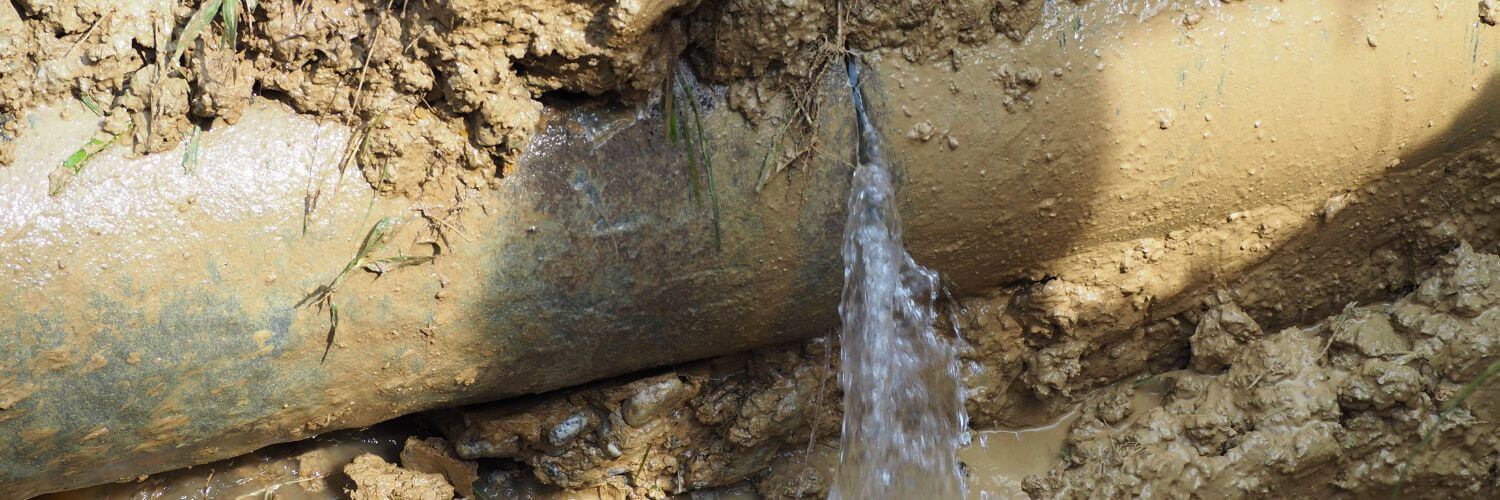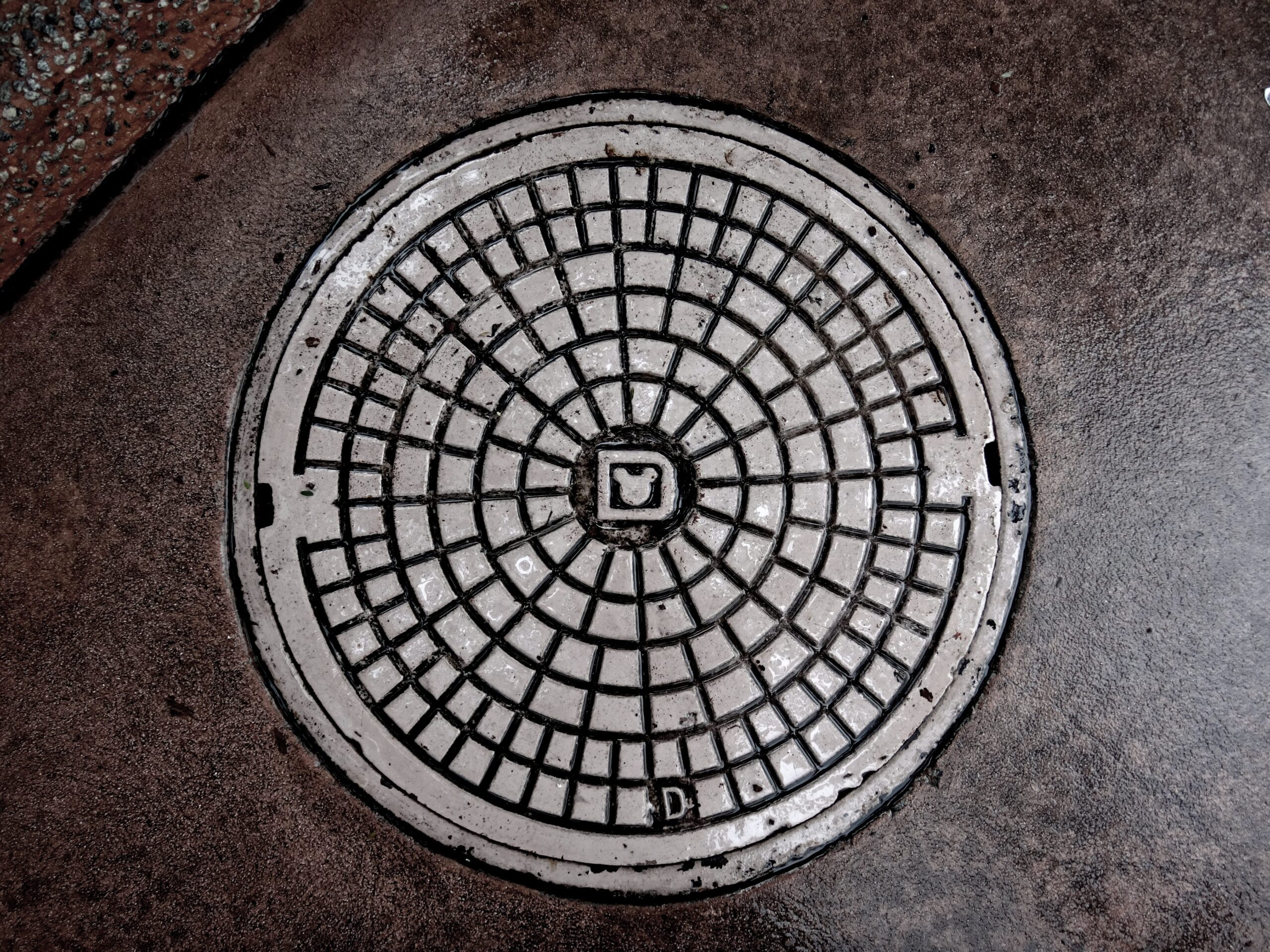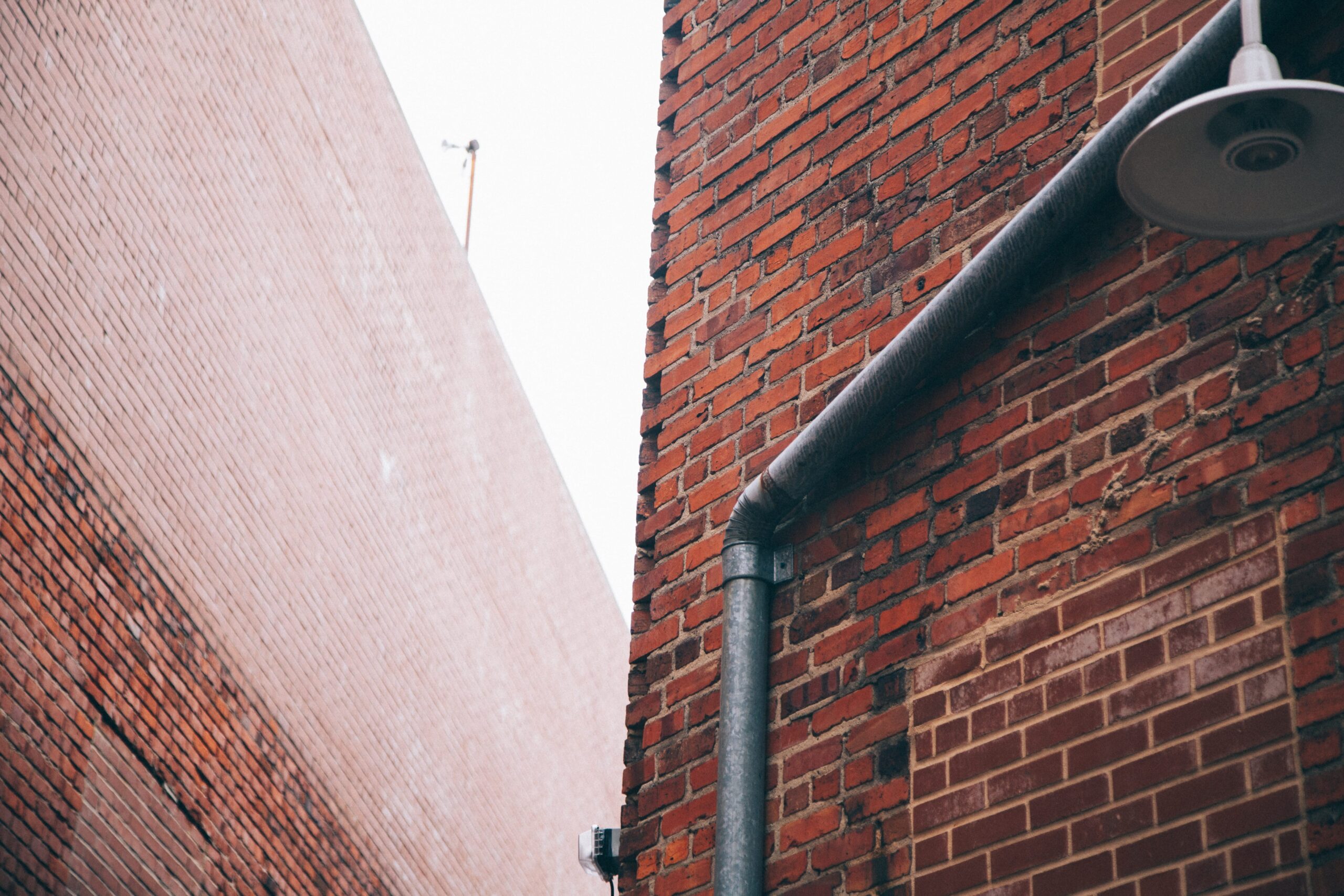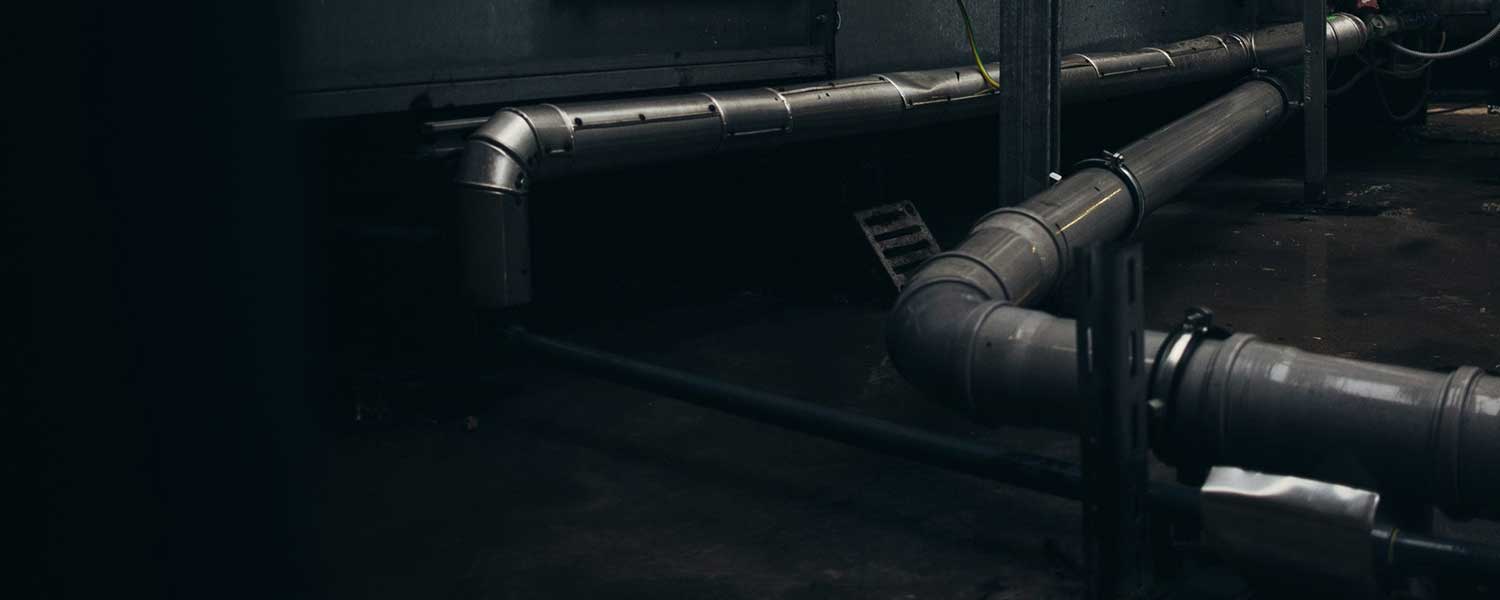The Replacement Process of a Sewer Line Broken Under a House
A clogged or broken sewer line can allow untreated water to leach into nearby groundwater and your property. It can also cause foul odors, create health hazards, lead to water damage, and result in the loss of essential facilities like your shower or toilet. While it’s possible to learn how to fix broken sewer pipes under your house, repairing or replacing sewer pipes isn’t a typical DIY project.
Trenching with heavy equipment, locating the damaged line, and determining whether to repair or replace is best left to a licensed contractor like Bill Howe. Bill Howe Plumbing, Heating & Air, Restoration & Flood in San Diego is your go-to resource for professional sewer line repair and replacement. Here’s how our service professionals approach replacing a sewer line under a house.
Assess the Situation
Your service professional begins a sewer line project by reviewing your property’s plumbing system. The assessment includes locating the main water supply, sewer lines, and pipes connected to drains and fixtures. The technician also surveys the grounds and marks the underground pipes and power lines.
Determine the Best Approach for Replacement
The best approach to replacing a sewer line depends on the type of pipe, the amount of damage, and the location of the damaged pipe. Your service technician will gather information like the age of your sewer system and the history of plumbing repairs. Once the technician determines the extent of the damage, they will either recommend repair or replacement. In some cases, minor plumbing issues can be repaired using trenchless repair methods like pipe lining for a less intrusive approach.
Obtain Necessary Permits
A professional sewer line service will ensure your project adheres to local and state regulations, including proper traps, vents, and pipe sizing. While major sewer replacements may require a Plumbing/Gas permit in San Diego, most residential or commercial lining and drain repair jobs typically don’t require one. When permits are needed, they may be either a Simple No-Plan permit for minor work or a Plan Required permit for larger projects.
Excavation and Removal of Old Pipe
If the project involves traditional methods for repairing a broken sewage pipe under a house, your team will excavate trenches along the sewer line using excavators or backhoes. The technicians may need to shore up walls if the trenches are more than four feet deep. Once the trenches are in place, the technicians disconnect, remove, and safely dispose of the damaged pipe sections.
Install the New Sewer Line
Once the old sewer line is removed, technicians know how to install a sewer line in your house quickly and safely. Your plumber installs the new sewer line in sections that are sloped for adequate flow. The sections are then connected and sealed for a water-tight sewer line. After connecting the sewer line sections, your plumber reconnects the system to the property. Your technician will perform a final inspection to ensure correct installation and drainage. Finally, the team backfills the trenches, compacts the earth, and restores the area to blend into its surroundings.
Why Choose Bill Howe to Fix a Sewer Line Broken Under Your House?
When you have a broken sewage pipe under your house, you need a plumber you can count on for fast, expert solutions. Bill Howe has served the San Diego area since 1980 with plumbing repairs, HVAC services, and sewer line replacements. Our family-owned business is staffed with vetted technicians who deliver proven results and hometown customer care. Here’s why Bill Howe should be your first choice for sewer line repair and other services.
- 5-star service that includes a friendly, knowledgeable support team every step of the way
- An active community partner that gives back to San Diego and neighboring communities
- High-quality licensed and insured services for peace of mind
- 24-hour emergency plumbing services for on-demand relief
Owners of older properties should have their sewer systems inspected every 10 years. If the technician finds damage, they know how to fix a broken sewer pipe under a house to prevent further damage. Whether you need help with a sewer line broken under your house, a plumbing inspection, or flood restoration services, We Know Howe!
Frequently Asked Questions
How do I know if I have a broken sewage pipe under my house?
A sewer line broken under a house can cause structural damage, groundwater contamination, and personal health hazards. One of the most common and obvious signs of a sewer line problem is unpleasant odors that smell like sewage and sulfur. Additional signs include blocked drains, flooding, and water damage. If you experience any of these signs, call a professional plumber.
Slow Drains
Inadequate draining is often the result of a blockage or other sewer line damage, and it will only get worse if not repaired. A clogged sewer drain may also cause gurgling sounds from toilets, sink drains, and tub drains.
Flooded, Foul-Smelling Yard
A flooded yard accompanied by foul odors is a sign that the sewer line is broken under the house or nearby. A damaged sewage line can allow untreated wastewater to seep into the surrounding ground and saturate the area.
Water Damage
A broken sewage pipe under a house can cause damage beneath and inside a property. The damage can include mold growth, ruined building materials, and even structural damage.
Is it possible to connect a new plumbing system to an existing sewer line?
It is possible to connect a new plumbing system to an existing sewer line. Connecting a new plumbing system requires a licensed plumber who can plan the project and ensure it’s up to code. Your plumber begins by considering obstacles, proximity, and accessibility to determine the ideal location to connect the new plumbing to the sewer system. They then select the correct fittings, type of pipe, and other materials, ensuring compliance with local and state plumbing codes.
How do you fix a sagging sewer line?
A sagging sewer line creates a low point that allows waste and water to accumulate. That accumulation can lead to backups, slow drains, and clogs. A professional plumber uses a sewer camera to locate the sagging section and then excavates to expose the section. The damaged section is removed, and the new section is installed with the correct slope.




